How to deal with potato nematode in the garden?
Summer residents usually attribute failures in growing nightshade crops to poor soil, a lean year, poor-quality seeds, and improper care. But the cause of their troubles can be a dangerous pest - the potato nematode. Due to its microscopic size, it can only be detected by the results of vital activity - yellowed and drying lower leaves, slowing down the growth of bushes. Preventing infection is difficult because the pathways for nematodes are varied. Summer residents bring insidious worms to the area with seed tubers, through contaminated garden tools and even shoes. The spread of cysts with larvae is facilitated by rainwater and wind.
Description of the pest
The group of nematodes includes more than 24 thousand species already described. Scientists believe that in the future their number may reach 1 million. This species diversity brings nematodes closer to insects. Most of them parasitize plants, feeding on their parts.
Potato bushes are attractive to several types of nematodes:
- golden;
- pale;
- stem.
Having common features for all representatives of the group, they differ from each other in habitat and damage caused.
The march of the golden potato nematode around the world began more than a century ago, and this was due to the import of tubers infected with it to Germany. It is also popularly known as soil. The victims of the golden nematode variety - potatoes, tomatoes, peppers - belong to the nightshade family. The pest has a tiny (0.3-1.3 mm) body. In the larval stage, it is milky white, and in the adult worm it becomes golden. The habitat and food of the pest is plant roots. By piercing them with their mouths, the worms suck out nutrients and juices from the tissues.
The female of the golden nematode is cyst-forming. After fertilization, it increases in size up to 0.5-0.6 mm, acquiring the shape of a ball, and is covered with a dense caramel-colored shell. The cysts contain eggs and larvae of the pest. Their number can reach up to 200, and in some cases - up to 600. The larvae overwintered in the capsule emerge from it in spring and infect the roots of young potatoes. In the southern regions, 2 generations of pests can be hatched per year.
Killing the cyst nematode is difficult. The capsules that protect embryos easily withstand frost, drought, floods, exposure to poisons and radiation. They remain viable in soil for 10 years. The larvae can leave them gradually; between the first and the last cysts, it takes 3 to 6 years.
Pale potato nematode is also a cyst-forming one. The shell of the capsules, which contain her embryos, is brown. The body of the pest is white and small (0.6-0.8 mm in females and 1 mm in males). Habits and habitat - as in the golden cyst nematode. The same methods of control and prevention are used against both pests.
Stem nematode primarily threatens potato tubers. As a result of its vital activity, the ripening and already harvested crop deteriorates. Worms are also dangerous for other vegetable crops: cucumbers, tomatoes, beets, pumpkins, legumes. Their body is thin and elongated, its length is 0.4-1.4 mm, it is slightly bent and painted in a milky color. The main source of infection is seed tubers and soil.
The eggs of the pest are frost-resistant. Females lay them in the tuber tissues, their number can reach 250. In warm weather, the larvae emerge from them in 20-25 days. The stem nematode loves high humidity, so the damage from the pest can be huge in rainy summers.
Infection symptoms
Signs of infection are found when the worms have already stuck to the roots or tubers of the plant. Usually this is the 40-50th day from the moment of landing.
The following symptoms indicate the presence of golden nematode on the site:
- lagging behind potato bushes in growth;
- rapid wilting of the lower leaves;
- premature yellowing of the tops;
- curvature of the stems;
- curling leaves;
- poor flowering (up to its complete absence);
- general underdevelopment of the bushes;
- death of plants;
- small size of tubers;
- coloring the roots brown;
- their strong branching;
- the appearance of balls of a yellowish or brown hue on them.
A pale cyst nematode manifests itself with similar symptoms. Plants affected by worms are located on the site in a chaotic manner.
It is rarely possible to understand that a stem nematode has started up in potato plantings during the growing season. In some cases, the plants become too curly. Another symptom is thickening of their stems.
The most obvious signs of stem nematode infection on tubers are:
- the appearance of white spots and a loose structure under the skin. This is how parasite clusters look;
- rapid wrinkling and drying of the peel;
- the presence of dark spots on the tubers that have a metallic sheen and gradually increase in size;
- peeling and cracking of the skin;
- transformation of the pulp of the root vegetable into a crumbling mass.
When infected with a nematode, the yield of potatoes steadily decreases. In advanced cases, summer residents lose up to 80% of tubers. The soil in which the parasitic worms live is not suitable for growing nightshade crops. It will be possible to return them to their original place without the risk of infection only after 10 years. The pest is also dangerous because it weakens the plants, and through the damage that it leaves on them, pathogenic microorganisms easily penetrate. Rot and fungal diseases are the faithful companions of parasites.
Prevention
You will have to deal with the potato nematode in the garden in a complex manner. Insecticides alone (even potent ones) are indispensable here: larvae and adult worms may die after their application, but cysts will keep the future generation of parasites alive. The golden potato nematode is almost indestructible. The fight against it pursues 2 goals - to reduce the pest population and, keeping it within acceptable limits, to minimize the damage it causes.
To prevent infection, the following measures are recommended.
- Observe the rules of crop rotation. Most often, summer residents encounter a nematode who have been growing potatoes in the same area for many years. It is better to plant it after legumes or cereals, and return to its original place after at least 4 years.
- In autumn, dig deeply into the soil, selecting and destroying the roots remaining in it.
- Clean and disinfect garden tools thoroughly. You can use a formalin solution for these purposes.
- Purchase high-quality seed tubers, making sure of the reliability of the farm supplying them. The latter can be judged by the duration of the work and the availability of recommendations and positive reviews.
- Avoid planting sick and suspicious tubers.
- To dress the seed in a solution of a growth stimulant ("Epin", "Gumi").
- If in doubt about the origin of the planting tubers, rinse them in warm (40 ° C) water.
- Strengthen the immunity of plants by feeding them in a timely manner (with ash, superphosphate, special compositions for potatoes). The correct balance of microelements: zinc, copper, boron, potassium and others will help to increase their resistance to the nematode.
Advice
If you suspect the appearance of a pest, it is advisable to grow potato varieties resistant to it. Such measures allow almost completely (up to 90%) to clear the soil from nematodes.
Of the special varieties of potatoes, noteworthy are:
- "dolphin";
- "Picasso";
- "Garnet";
- "Color";
- "Pramen";
- "Fresco";
- "Frigate";
- "Prolisk";
- "Pushkinets";
- "Early Zhukovsky";
- Lukyanovsky;
- "Karatop";
- "Latona";
- "Belorussian";
- "Prior".
When a stem nematode infects the tubers of such a potato, the cells at the site of its introduction into the tissue die off. Deprived of a food source, the larva dies of hunger or turns into a defective adult.
Important!
It is impossible to constantly plant potatoes resistant to infection, otherwise the nematodes will develop immunity. To avoid this, they return to the usual varieties every 4 years.
If there are clear signs of infection on individual bushes, they are immediately dug up and burned. The plant must be removed from the ground carefully, along with a large soil clod. You cannot shake it, otherwise cysts will scatter around the garden. There is another way to destroy infected plants. Having dug a deep hole, sprinkle it abundantly with bleach. Sick bushes are thrown into it. It is better to place the pit outside the site, the best option is on a vacant lot. The holes remaining after digging up the plants are sprinkled with a thick layer of urea.
Ways to fight
The fight against nematode is carried out all season. Before the autumn digging, the areas where nightshade crops have been grown and will be grown are sprinkled with lime. The substance should cover the soil with an even layer.
When planting tubers in spring, put in each hole:
- dry manure (3 handfuls);
- wood ash (1 handful);
- dry bird droppings (1 tbsp. l.).
They provide plants with nutrients and create uncomfortable conditions for nematodes. Pest larvae are destroyed with bird droppings. After diluting the liquid fertilizer with water (1:20), the newly planted tubers are watered with the resulting composition. 5-10 liters of the composition should be used for 1 m².
You can fight the potato nematode by forcing its larvae to leave the cysts prematurely. In early spring, they will not find food and will die. For this, the site is watered with infusion of potato sprouts. In 10 liters of water put 1 kg of crushed plant materials (you can skip it through a meat grinder). After a day, the soil is treated with the agent, having previously added urea to it. Consumption - 1 bucket of infusion per 10 m².
Advice
The nematode does not like mineral fertilizers. When hilling potatoes, they are scattered in the aisles, stepping back 5-6 cm from the stems. When planting, you can use urea. It is placed in the hole and generously scattered on the sides of it.
They use biological control methods against nematodes. It is exterminated by annelids. To attract them to the site and stimulate their reproduction, organic fertilizers are applied to the soil in spring. It can be turned against the pest of its close relatives - predatory nematodes. They will not kill the parasites, but they will make them leave the garden. Useful worms are contained in the preparation "Nemabakt" and in a special soil mixture "Protection", which is added to the holes when planting potatoes.
Along the perimeter of the site and in the aisles, you can sow plants that emit substances that repel the nematode:
- marigold;
- nasturtium;
- calendula;
- beans;
- sweet clover fragrant.
In the fall, the area infected with parasites is sown with winter rye. The latest date for this measure is mid-September, so that the plants have time to develop before frost. Before their onset, rye bushes are cut and, laying them on the soil in a continuous layer, are finely chopped with a shovel. Then the mass is treated with a solution of the drug "Baikal EM 1". It is diluted with water in a ratio of 1: 100. In the spring, the site is dug up together with plant remains.
The habitat of pests is treated with chemicals only in advanced cases, if the population of parasites has grown greatly and they cause huge damage. Due to their high toxicity, these agents require extremely careful use. Bazudin will help to partially cope with the nematode. He is also fighting her wireworm ally (by damaging the roots and tubers, the insect facilitates the penetration of parasites into them).But even such strong measures alone will not get rid of the potato nematode. Toxic chemicals must be used in combination with mechanical, biological and agrotechnical methods of pest control.
Potato nematodes are quarantine pests. Having found them on the site, you should contact a special organization - phytocontrol. Professionals will help solve the problem, preventing the spread of the infection. The key to success in the fight against golden nematodes and other types of nematodes is the regular implementation of the recommended agrotechnical measures. They will serve as the best prevention of infection and will allow the summer resident to grow a generous harvest of healthy tubers.
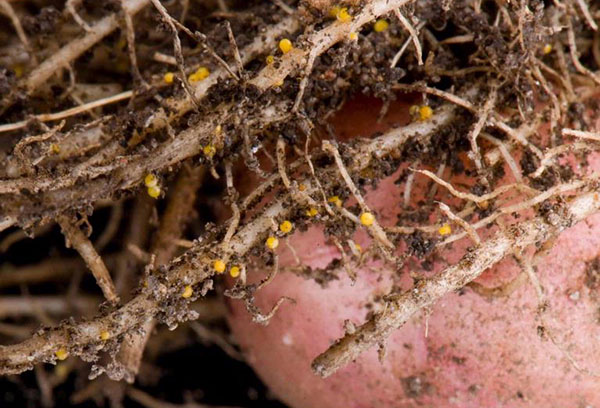
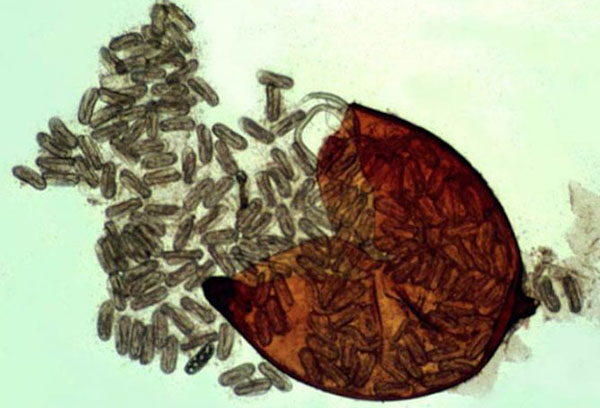
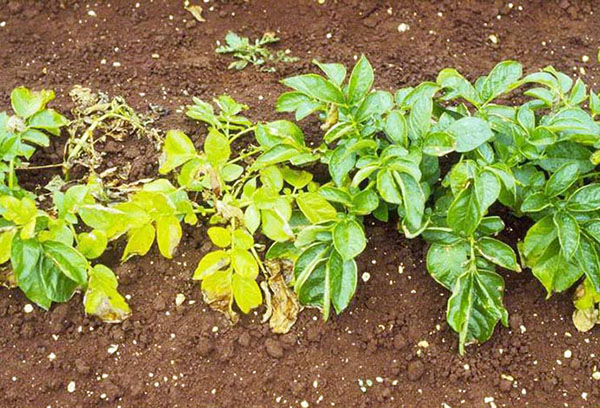
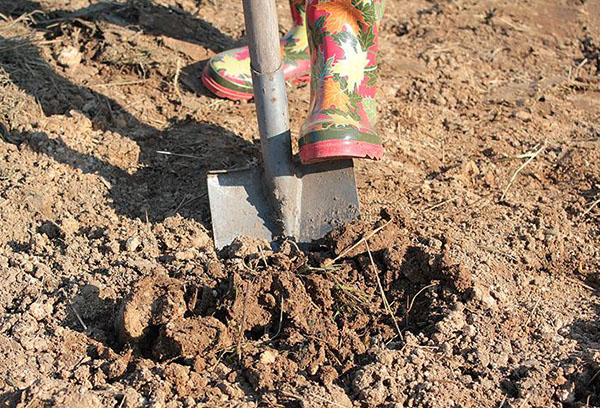
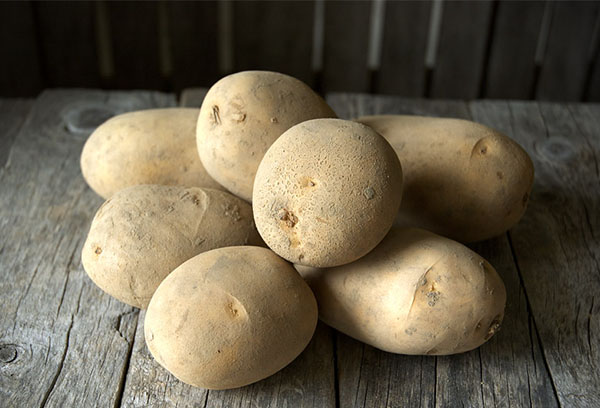
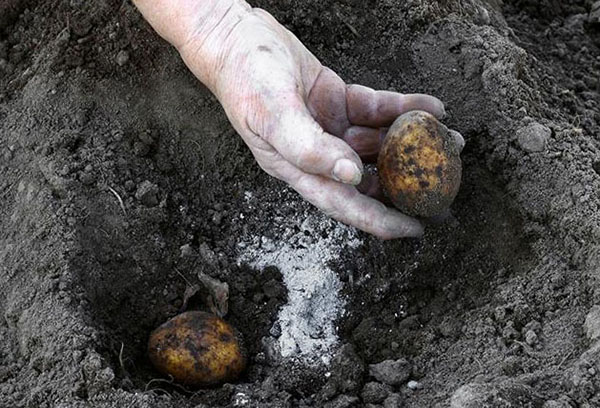
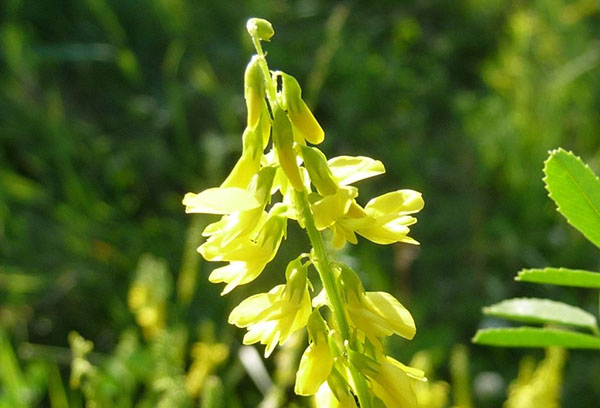


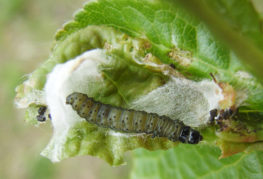
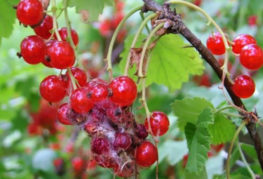

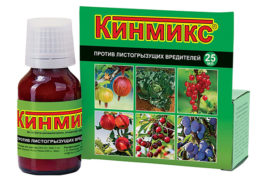
and will be published shortly.